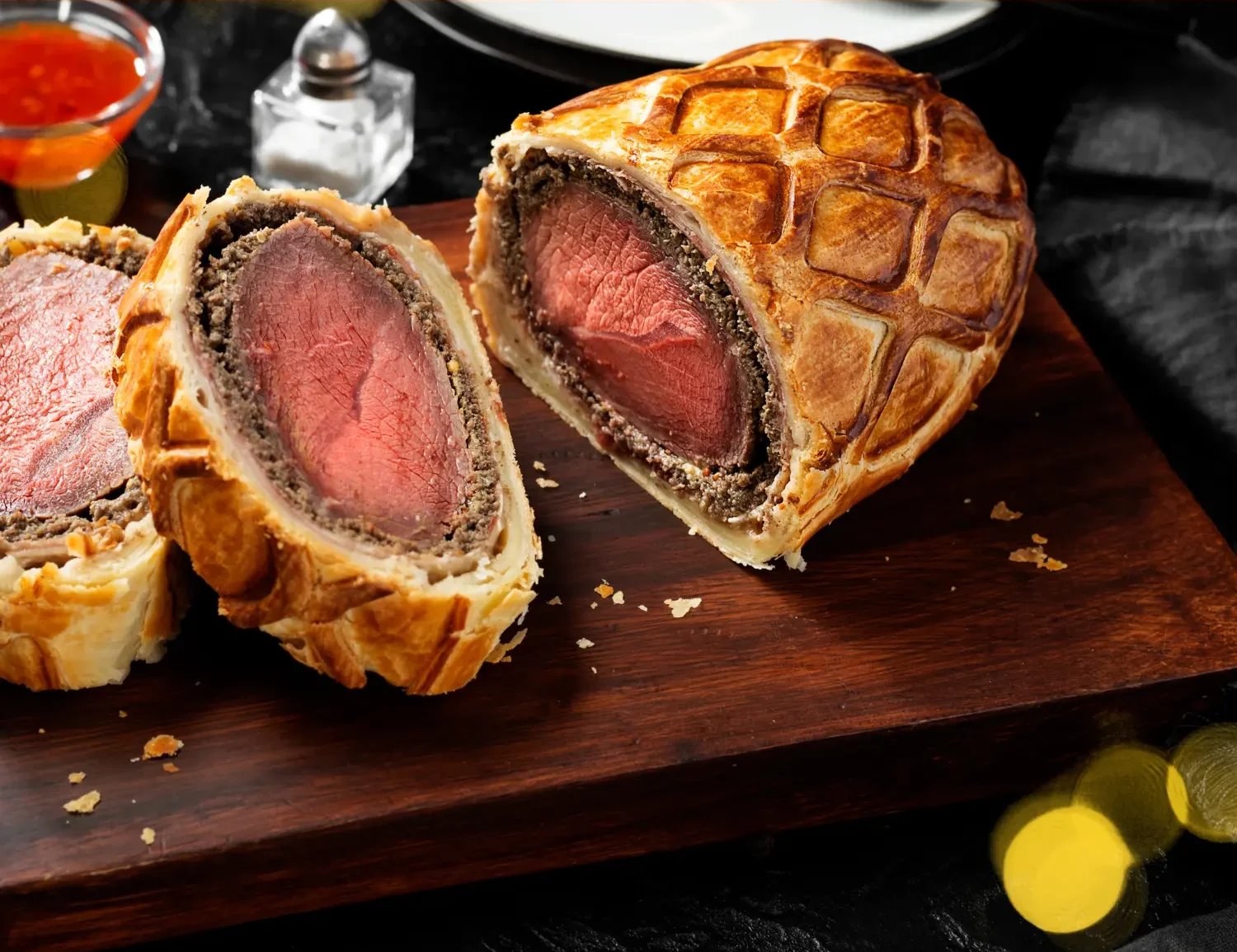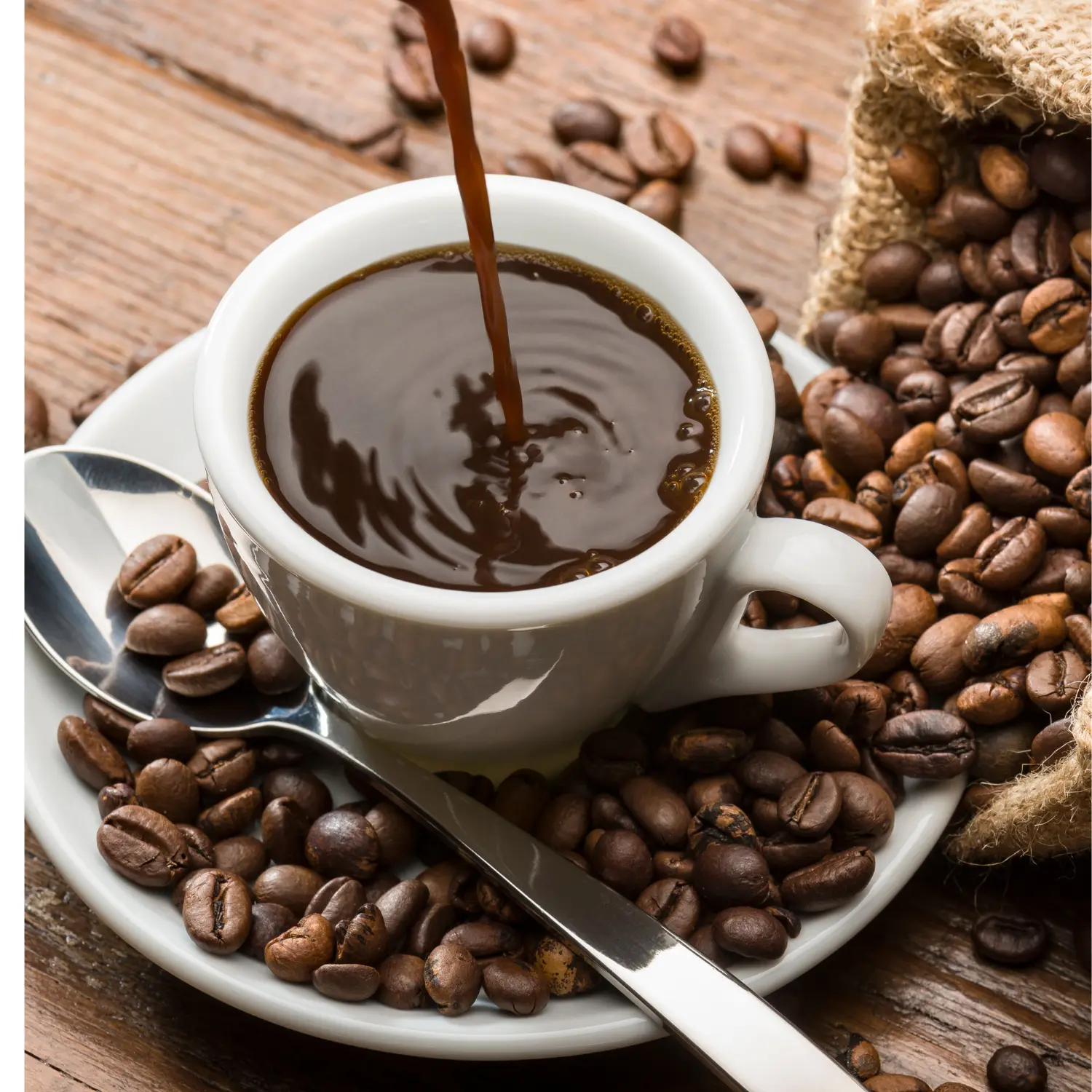Espresso Coffee Elegance: Bold, Rich, and Aromatic!
Espresso, the beloved Italian creation, is not merely a coffee beverage but a rich, concentrated elixir that embodies sophistication in every drop. Its journey from humble origins to becoming a global icon of coffee culture is a testament to its unmatched allure.
Table of Contents
What makes espresso unique?
Unlike regular coffee, espresso is brewed by forcing hot water through finely-ground coffee beans, resulting in a small but potent shot packed with flavors and aromas.
Brief History of Espresso
The inception of espresso dates back to the early 20th century in Italy, where Angelo Moriondo patented the first espresso machine. Since then, its popularity has soared worldwide.
The Art of Making Espresso
Equipment Needed for Brewing
To craft the perfect espresso, essential equipment includes an espresso machine, a grinder, high-quality coffee beans, and precision in measurements.
Step-by-Step Brewing Process
The process involves grinding beans finely, tamping them into the portafilter, and letting hot water pass through the grounds under pressure, resulting in the signature espresso shot.
The Bold Flavor Profile
Exploring the Rich Taste of Espresso
Espresso captivates connoisseurs with its intense, full-bodied flavor, often described as a harmonious blend of bitterness and sweetness, with subtle undertones of various notes.
Factors Influencing Flavor
Variables such as bean quality, roast level, water temperature, and extraction time profoundly impact the taste and character of the espresso.
Aroma and Sensory Experience
Describing the Aromatic Elements
The aroma of espresso is a symphony of scents—earthy, nutty, chocolatey, or fruity—that captures the senses before the first sip.
How Aroma Impacts Enjoyment
The delightful aroma plays a pivotal role in enhancing the overall experience, heightening anticipation, and adding to the pleasure of savoring the espresso.
Espresso Culture Around the World
Regional Variations in Preparation
While the essence of espresso remains consistent, diverse cultures have their unique methods of preparation and presentation, adding a touch of local flair.
Significance in Different Cultures
Espresso holds various cultural significances, from a quick energy boost in Italy to a ceremonial experience in other parts of the world.
Health Benefits of Espresso
Positive Effects on Health
Studies indicate that moderate consumption of espresso may offer health benefits, including improved cognitive function and a reduced risk of certain diseases.
Consumption Guidelines
However, moderation is key, and excessive consumption might lead to adverse effects like an increased heart rate or disrupted sleep patterns.
Common Misconceptions
Addressing Myths About Espresso
Several misconceptions surround espresso, including beliefs about its caffeine content or its adverse effects, which often need clarification.
Clarifying Misconceptions
For instance, while espresso contains more caffeine per ounce than regular coffee, the serving size is smaller, resulting in a comparable caffeine intake.
Pairing Espresso with Food
Ideal Food Pairings
The robust flavors of espresso complement various foods, including chocolate, pastries, or even savory dishes, enhancing the overall dining experience.
Complementing Flavors
Understanding the synergy between espresso and food helps in creating harmonious flavor combinations that elevate both elements.
The Evolution of Espresso
Modern Trends and Innovations
With evolving consumer preferences, espresso has witnessed innovations like cold brew variations, flavored espresso, and sustainable brewing methods.
Future Prospects
The future of espresso seems promising, with a focus on sustainability, technology, and continued appreciation for its unique qualities.
Sustainability in Espresso Production
Environmental Considerations
Efforts towards sustainable practices in coffee farming, such as eco-friendly cultivation methods and reducing carbon footprints, are gaining momentum.
Ethical Sourcing Practices
The industry is increasingly embracing fair trade practices, ensuring fair wages and better living conditions for coffee farmers.
Creating the Perfect Espresso at Home
Tips for Home Brewing
For enthusiasts seeking to replicate café-quality espresso at home, mastering grind size, water temperature, and extraction time are crucial.
Making Espresso Without an Espresso Machine
Alternative methods like Moka pot or AeroPress offer espresso-like brews without the need for expensive equipment.
The Art of Espresso Presentation
Serving and Presentation Techniques
The visual appeal of a well-presented espresso, served in elegant cups with artful crema, adds to the overall experience.
Enhancing the Visual Appeal
Baristas often showcase their creativity through latte art or innovative presentations, enhancing the allure of espresso.
Espresso in Popular Culture
References in Movies, Books, Etc.
Espresso’s cultural significance extends beyond coffee shops, often appearing in literature, films, and art as a symbol of sophistication.
Impact on Cultural Perceptions
Its portrayal in popular culture has contributed to shaping perceptions and associations with elegance and refinement.
Professional Baristas and Their Craft
The Role of Skilled Baristas
Talented baristas play a pivotal role in elevating the espresso experience, showcasing their expertise in brewing and presentation.
Training and Expertise
Their training involves mastering techniques, understanding bean profiles, and honing their craft to deliver impeccable espresso.
Conclusion:
Espresso embodies a perfect blend of boldness, richness, and aroma, transcending its mere existence as a beverage to become a symbol of elegance and cultural significance. Its journey through history, varied flavors, and sensory experience encapsulate a world of sophistication in a single cup
FAQs
Does espresso have more caffeine than regular coffee?
Contrary to popular belief, despite its intense flavor, espresso doesn’t necessarily contain more caffeine than regular coffee. While per ounce, espresso does have a higher concentration of caffeine, a single shot of espresso typically contains less caffeine than a standard cup of brewed coffee due to the serving size difference.
Can espresso be enjoyed without sugar?
Absolutely! Espresso aficionados often prefer to savor the pure flavors of the brew without adding sugar. The rich and intense taste of espresso can be appreciated on its own, allowing the drinker to experience the full spectrum of flavors
What’s the best way to store coffee beans for espresso?
To maintain freshness and flavor, store coffee beans for espresso in an airtight container in a cool, dark place. Avoid exposure to air, moisture, heat, or direct sunlight, as these elements can degrade the quality of the beans.
Is espresso only served hot?
Traditionally, espresso is served hot, but it’s also enjoyed cold in various forms. Cold brew espresso, iced espresso drinks, and even espresso-based cocktails are popular options for those seeking a chilled espresso experience.
Does espresso have different varieties than regular coffee?
Yes, espresso does have various varieties based on the beans used, roast levels, and brewing techniques. These variations result in distinct flavor profiles and aromas, offering a diverse range of espresso experiences.







